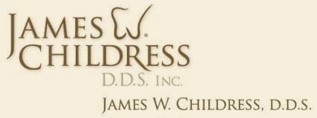Matching wear patterns in teeth show that grinding has occurred and also show the extent of jaw movement during grinding. It is very surprising to patients when they see how far a person moves the jaw into such a non-functional position while grinding teeth.

– Right View: A perfectly matching wear pattern at the right canine tooth which used to have a sharp pointed tip, as the bottom jaw moves far to the right.
– Frontal View: Grinding wears and cracks enamel shortening this front tooth.
– Right-frontal View: Perfectly matching wear pattern at the shortened front tooth, as the bottom jaw moves far to the right.
– Left View: A perfectly matching wear pattern at the left canine tooth which used to have a sharp pointed tip, as the bottom jaw moves far to the left.
For more information about grinding teeth – such as the causes, the resulting damages, and solutions for grinding – see this column in the Davis Enterprise newspaper by Samer S. Alassaad DDS:
Samer S. Alassaad, DDS








